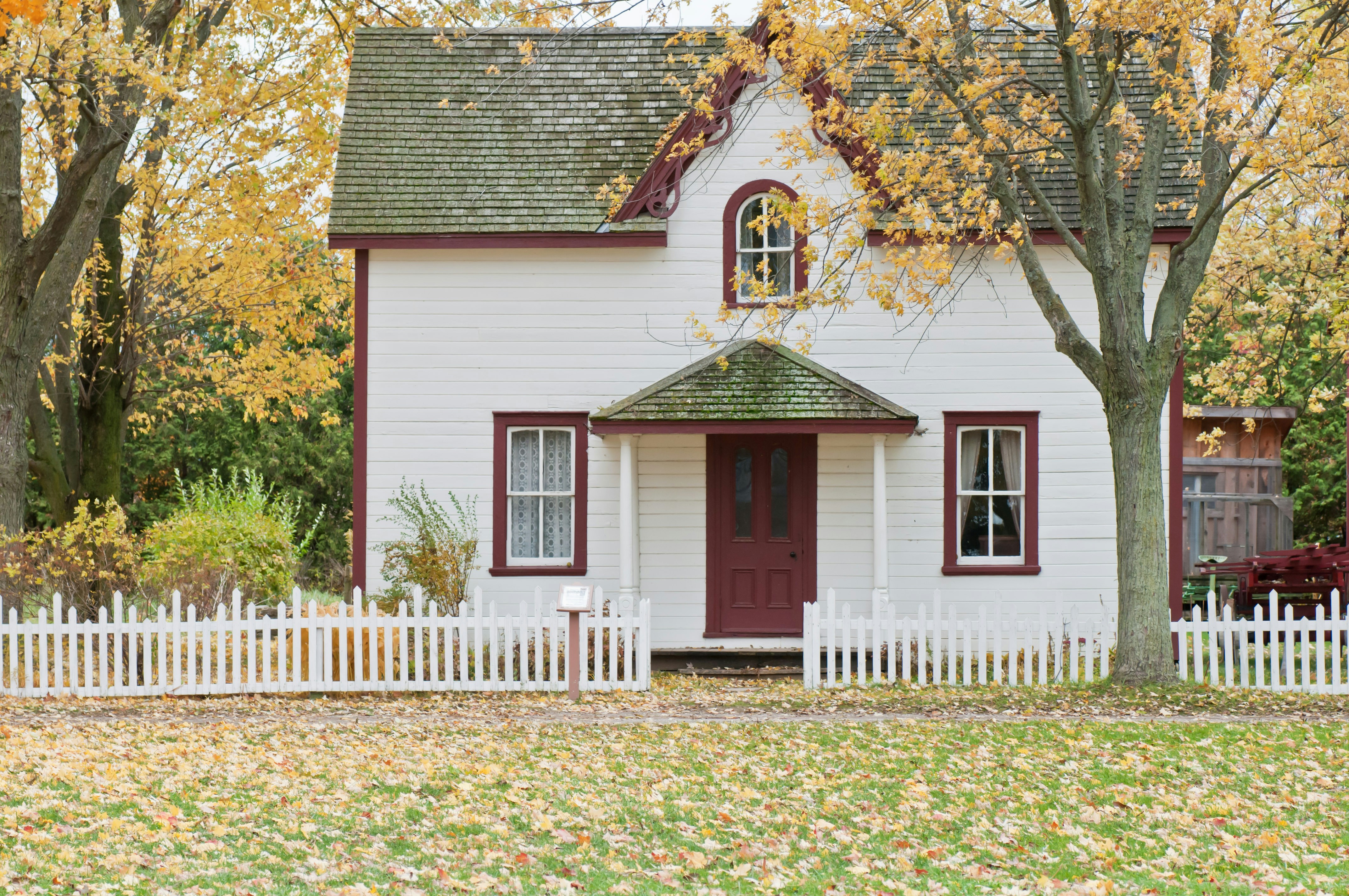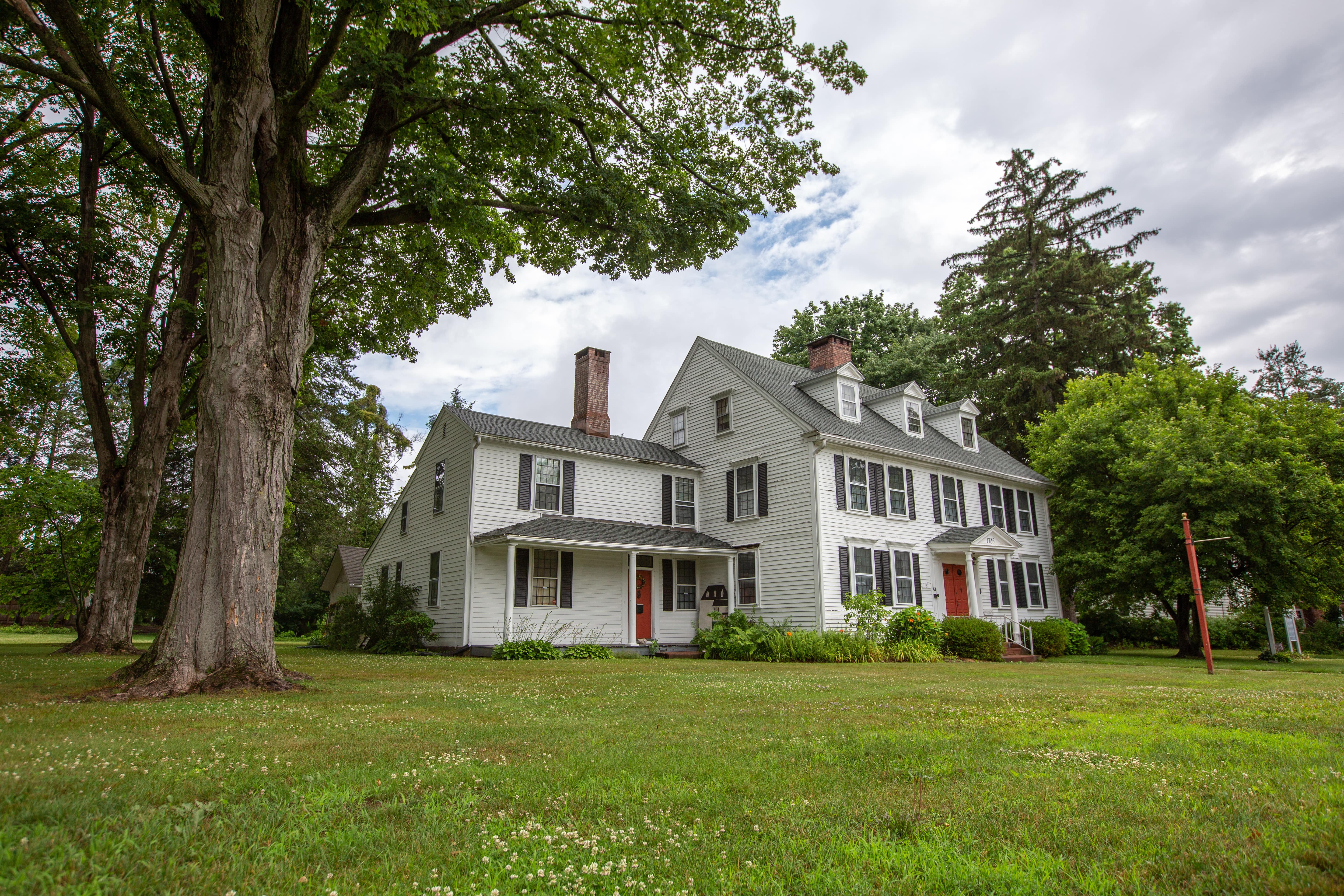Undertaking home improvements is an important and worthwhile endeavor for homeowners, but doing so requires navigating a maze of permits and regulations.
Whether you're planning a minor renovation or a major overhaul, understanding the permit process is necessary to ensure your project stays on track and complies with local laws.
In this guide, we'll walk you through everything you need to know about obtaining and closing permits for home improvements in Connecticut.
Understanding when permits are required
In Connecticut, permits are typically required for structural changes, electrical work, plumbing alterations, and major renovations. Common projects that typically require permits include:
- Structural alterations, such as adding or removing walls
- Electrical system upgrades or installations
- Plumbing modifications or installation
- Major renovations, including kitchen and bathroom remodels
- Additions to the home, such as building a deck or patio
Even seemingly minor projects like installing a new water heater or replacing windows may require permits, depending on local regulations.
Building vs. trade permits
There are two general types of permits you can deal with when performing home renovations — building permits and trade permits.
A building permit is required for overall construction, renovation, or demolition of a building, ensuring compliance with local building codes and zoning regulations regarding size, safety, and use.
A trade permit, on the other hand, is specific to trades like electrical, plumbing, or mechanical work. It ensures that these aspects of construction meet safety standards and local codes. While a building permit covers the entire project, trade permits focus on individual trades.
Examples of work requiring permits
Below is a list of improvements that require building and trade permits in the town of Greenwich, according to the town’s website. You may want to check with your town’s building department on whether you will need a permit. The town also provides a list of minor activities that are exempt from permits. Again, check with your specific town as requirements can vary.
Building permits
- Constructing any new building or structure
- Additions or alterations to any existing building or structure
- Changing the use and occupancy type of any building or tenant space within an existing building
- Converting an unfinished space [attic/basement] into a habitable space
- Constructing a new swimming pool, spa, or hot tub or renovations to same
- Constructing a tennis or sports court
- Exterior decks.
- Fireplaces or wood-burning stoves
- Erecting a detached sign or attaching an exterior sign to a building
- Adding solar panels to a building or erecting a freestanding array of solar panels.
- Retaining walls over 3 feet in height
- Fences more than 7 feet in height
- Demolition of any existing building or structure
- Special events – Certain size tents, carnivals, fairs, etc.; Including using the interior of buildings for a use that it was not designed or intended for [i.e.; crafts shows, fairs, and any other similar use].
Trade permits
- Electrical work
- Plumbing work
- HVAC work [heating and cooling]
- Installing a generator
How to Obtain Permits
Once you've determined that permits are necessary for your home improvement project, the next step is to obtain them. The process for obtaining permits in Connecticut typically involves the following steps:
- Research and planning: Begin by researching the specific permit requirements for your project and gathering the necessary documentation. This may include detailed plans and specifications, material lists, and contractor information.
- Contact the building department: Reach out to your local building department to inquire about permit applications and procedures. Each municipality may have slightly different requirements, so familiarize yourself with the specific process for your area.
- Submit permit application: Prepare and submit your permit application along with the required documentation and fees. Depending on the application type, you may be able to submit it via email, otherwise you will have to file it in person. Your building department will be able to tell you how to file. Be sure to include any required information about plans and specifications that outline the scope of work for your project. The building department will review your application to ensure compliance with local building codes and regulations.
- Permit review process: Depending on the complexity of your project and the workload of the building department, the permit review process may take several weeks. During this time, the building department may request additional information or revisions to your plans. Once your application has been evaluated, the building department may require you to get approval (signatures) from other applicable town departments. After you have received all required signatures, return to the building department to submit your sign-off sheet, completed building permit application, and any other necessary documentation.
- Permit approval: Once your permit application has been approved, you will receive an official permit document. This document outlines the scope of work, approved plans, and any conditions or restrictions associated with the permit.
- Display permit: Before commencing work on your project, display your permit prominently on-site. This serves as verification that your project has received the necessary approvals and is in compliance with local regulations.
Navigating the Permitting Process
With careful planning and attention to detail, homeowners can ensure a smooth experience navigating the permit process. Here are some tips for navigating the permitting process effectively:
- Stay organized: Keep all permit-related documents, including applications, approvals, and inspection reports, in a safe and accessible location.
- Communicate with the building department: Maintain open communication with the building department throughout the permitting process. If you have any questions or concerns, don't hesitate to reach out for clarification.
- Adhere to approved plans: Once your permit is approved, make sure to adhere to the approved plans and specifications. Any deviations may require additional permits or approvals.
- Schedule inspections: Schedule inspections at various stages of your project as required by the building department. This will ensure compliance with building codes and regulations and help identify any potential issues early on.
- Work with licensed professionals: When undertaking home improvement projects that require permits, it's essential to work with licensed professionals, such as contractors and electricians, who are familiar with local building codes and regulations.
Closing Permits
Once your home improvement project is complete and all required inspections have been passed, it's time to close your permits. The process for closing permits typically involves the following steps:
- Final inspection: Contact the building department to schedule a final inspection of your completed project. During the inspection, a building inspector will verify that the work has been completed per the approved plans and building codes.
- Submit documentation: Depending on the requirements of the building department, you may need to submit additional documentation or certifications to close your permits. This may include proof of contractor licensing, insurance, or manufacturer warranties for installed equipment.
- Certificate of occupancy/completion: Once the final inspection is passed, and all documentation is submitted, the building department will issue a Certificate of Occupancy or a Certificate of Completion. This document officially closes the permits for your project and verifies that the work complies with all applicable building codes and regulations.
Conclusion
Navigating the permit process for home improvements in Connecticut may seem cumbersome, but with careful planning, attention to detail, and guidance from local authorities, homeowners can ensure a smooth and successful experience.
It’s important to remember that permits aren’t just about compliance – they also ensure the safety and integrity of your home and protect your investment for years to come.
If you have any questions or concerns about building permits in Connecticut, don't hesitate to reach out to your local building department or consult with a licensed professional for guidance.
Happy renovating!

.png)


